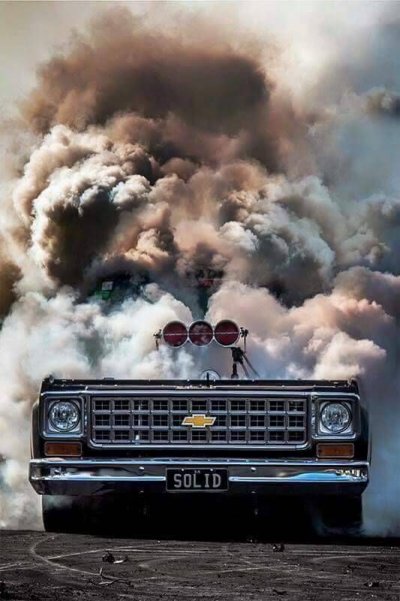A better question, that I've never seen answered, is what is the best ambient temp? Plus factors like elevation and humidity and barometrics.
We all know colder temps make more power, but how cold? What's the point where it starts hurting performance? 32F? 40F?
I always wanted engine masters to test this, but that's not really a dyno possible activity unless there's some multi billion dollar military testing dyno that can simulate elevation and atmosphere changes.
Something I've thought about on and off for the last like 15 years lol. Never really looked into it though.
Mid 60 deg F. General Motors has climate controlled cells, as you might expect.
Data is corrected back to "Standard", which is 59 deg at sea level.
Monitoring just ambient air temp, or humidty, or baro doesn't cut it. Plus - air density alone is super clunky to work with.
The thing I care about the most is "relative altitude", which is the amalgamation of air temperature, density and humidity. It is described in "feet", so one might say "Today we are at 3000 feet above sea level" - or - "today we are at -500 feet".
Right now my local track is 68 deg F, 68% humidity and 30.04 barometric pressure for a relative altitude of 1752 ft. Standard correction factor is 1.0451.
I want that to be as close to sea level as possible, for max power. Below sea level is somewhat unattainable but wonderful when you can get it.
Most of my events through the summer are 1000-3000 feet. I wait until the fall to try to break my personal best records and have seen below sea level at that time of year.
St Louis is a nice venue for that. I have been to the track when the air is so dense it draws attention to itself. You could feel the air on your arms.
K
You must be registered for see images attach
You must be registered for see images attach



